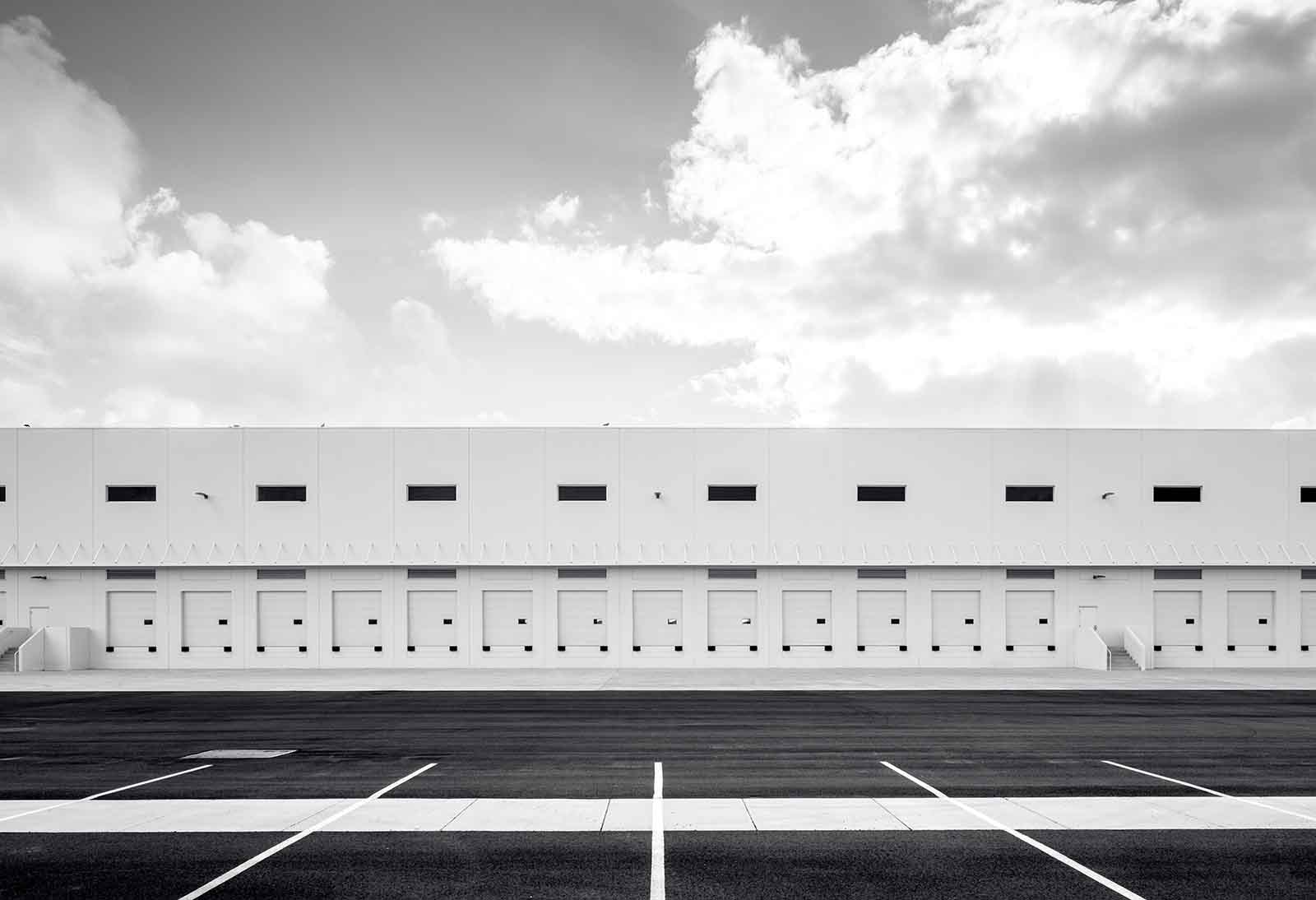8 Factors to Consider Before Moving Your Industrial Business
Finding the ideal industrial space to operate your business in can be a daunting task. There are many factors to consider when choosing a new space for your business, so we’ve compiled a list of the top 8 items we’ve seen successful industrial businesses consider and prioritize.

With lease rates and purchase prices continuing to rise in Metro Vancouver, we’ve seen more industrial business owners looking at options further east into the Fraser Valley. A move can impact business costs in many ways, so considering factors beyond lease rates or prices per square foot will help make your next real estate decision a smart one.
1. Your Brand
Brand recognition is a key consideration when picking a new location. Do your investors and clients regularly visit, or is your space used only for manufacturing and shipping? If your building needs to be reflective of your brand, opportunities in new builds like signage, glazing and open-concept office space may enhance its profile. Also ensuring that your move is carried out in a way that makes it clear that you are only changing locations and not shutting down is essential to maintain the brand loyalty you’ve built.
2. Business Operations & Profit
A building’s layout and its power availability can limit or enhance operations, so knowing exactly what your business needs to operate efficiently will guide what features are most important to you. Moving a business can have a profitable impact on your daily operations if your current space is restricting your full operational potential.
Questions to consider:
- Does the layout or design of your current space inhibit any point of your operations?
- Would being in a new building with 26-foot ceilings with both dock and grade loading enhance your operations, or can your business function without?
- What type of storage do you need?
It’s important to ensure that any change in operations will be a positive one.
3. Change in Freight and/or Trucking Costs
Industrial nodes in the region have typically been placed close to major highways, but with urban expansion and increased demand for industrial space, we will likely see more master-planned areas like Campbell Heights develop. Think about where you ship or receive product (Vancouver ports, the US border, eastern Canada). How far from the border or Highway 1 are you comfortable being? What access routes are important for you to be close to?
4. Employee Base & Depth of Labour Pool
Attracting and retaining quality employees is key to success in business but new staff may be hard to find in your new location. Due largely to the lower cost of living, population growth in the Fraser Valley was higher than both the provincial and national average in the last census1; this bodes well for the size of the labour pool for you to find talent in. What neighbourhoods will be near your location?
5. Commute Time & Transit Access
A move from your current area will likely impact the commute of your employees. Studies show that longer commute times relate to decreased job satisfaction, but “the [Fraser Valley] has some of the shortest commutes to work in the Lower Mainland”2. Will your employees that rely on transit be able to get to your new location? The Fraser Valley District has proposed to increase transit servicing for the region, including an extension of the Fraser Valley Express service to TransLink’s Lougheed Sky Train station. The proposed Surrey-Langley SkyTrain extension is also making progress, with the approval of the project’s business case by TransLink’s Mayor’s Council on January 30th. Considering how your employees get to work is important. Will your employees stay, or will you need to put time and money into a hiring process?
6. Customer Base
Maintaining customer satisfaction and loyalty is crucial in a competitive business environment. The type of business you conduct will determine whether you need to think of your customer base and their access to your location. What impact will relocating have on your customers?
7. Terms of a Lease
If you are leasing, then lease terms will be a major consideration. Lease rates are expected to continue to rise over the next few years as industrial vacancy remains at historic lows. If growing your business does not depend on increased office, yard or warehouse space, locking in a long-term lease may be favourable. If you are expecting to outgrow your warehouse space quickly, a short-term lease may be better. You will also want to take into account whether you have renewal options and what those terms are.
8. Business Growth & Development
Well-equipped businesses have a 3-, 5- and 10-year plan in place so they are prepared for future moves. What are your growth plans? Will operations change or remain constant? If your company is forecasted to grow in the coming years, does it make sense to find that space now so you can grow into it? Subleasing part of a larger space until you need it allows you to lock in a rate for a larger space today, while offsetting the costs to make it affordable in the interim. Would your new location allow for continued growth?
Price per square foot may be the first number you pay attention to when looking for a new industrial space, but don’t let just one number persuade your decision. Ultimately the decision is about weighing the importance of each factor and coming to a conclusion that will work best for your business.
Considering moving your industrial business?
Don’t hesitate to contact us if you are considering moving your industrial business, we would love the opportunity to help you understand your real estate options. If you are stuck trying to decide if leasing or purchasing is right for your business, check out our insight on Should I Buy or Should I Lease?
Sources:
1 Focus on Geography Series, 2016 Census. Statistics Canada
Photo by Ryan Parker on Unsplash